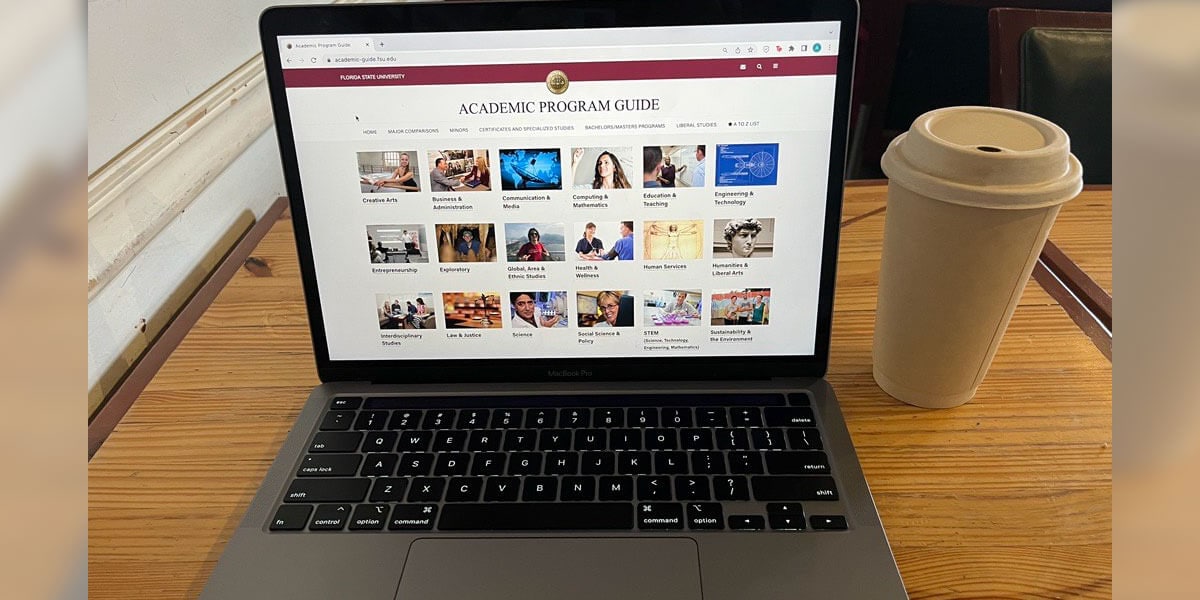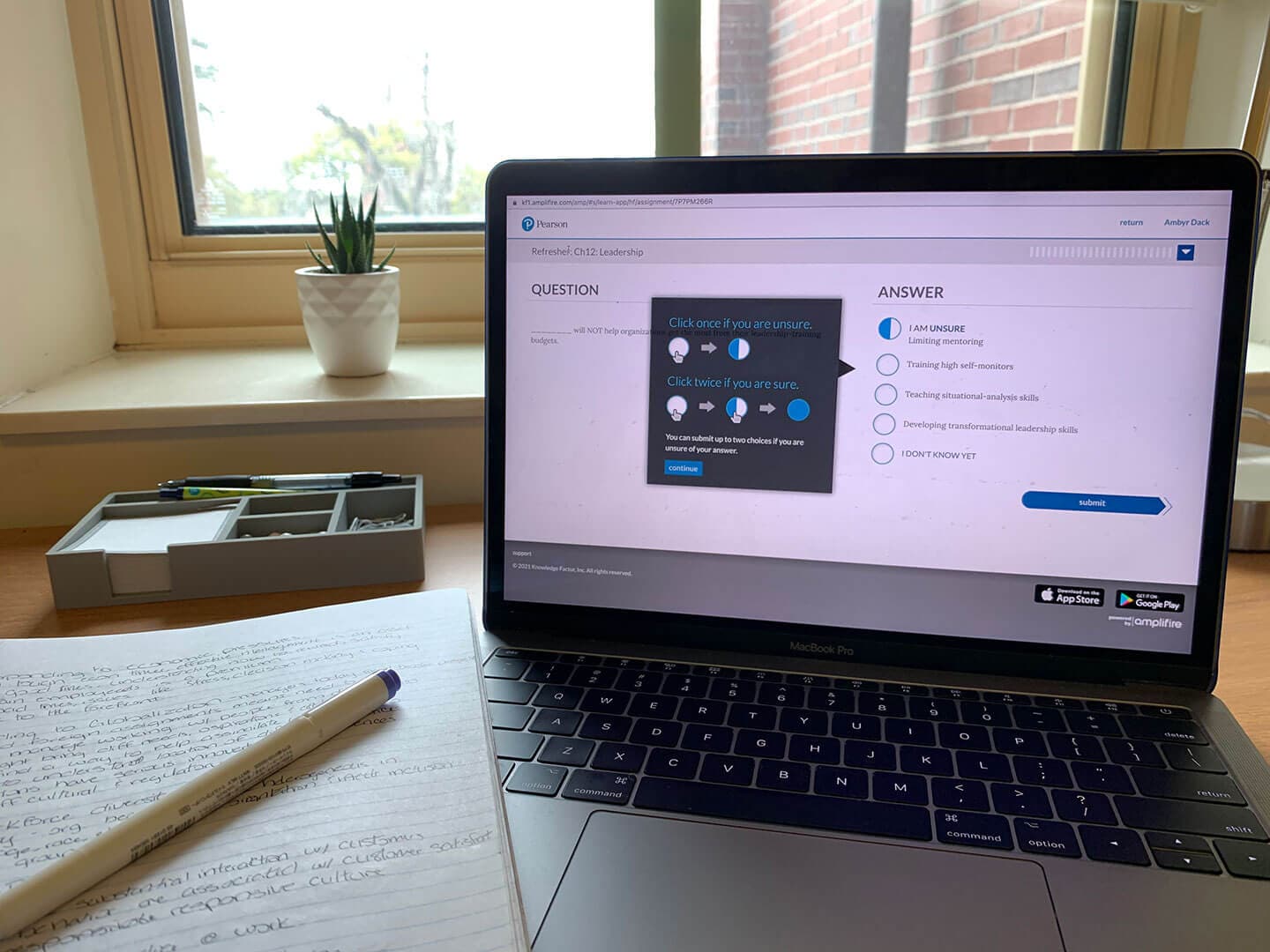
Explore Majors During Your Freshman Year
In high school, I heard repeatedly that choosing my college major would be one of the most important decisions I’d make. However, once I got to college, I realized that decision was less urgent and final than I thought. I met people during my first semester who were in a variety of stages when it came to knowing their major – from dead set on one, to open to changing, to honestly having no idea what they wanted to do.
When planning for first my semester schedule, I discovered that I was required to take prerequisites that had nothing to do with my major. And following that I would still have General Business prerequisites I had to take before I could get into the College of Business. That’s when I realized that freshman year would be a great time to do some investigating of other majors!
Explore Various Resources
Initially I learned about so many majors simply by spending time talking with other residents of my freshman dorm! In addition, I found it helpful to find out what resources my campus offered. Most campuses have a Center for Career Success or Student Success. While I came into college pretty sure I wanted to be a Human Resource Management major I felt doubtful in making such a big decision. The Center for Career Success offered skills tests that helped identify my strengths and in what type of majors I could leverage those strengths. Additionally, in the list of recommended majors it gave me, Human Resources was one of them! I do not think a test is the only thing you should base your decision on; however, it gave me so much reassurance that my skills aligned with what is necessary for a role in Human Resources. Many colleges even offer courses for academic credit that help you take practical steps to choosing your major. If your campus offers resources, use them!!
Keep an Open Mind
When it comes to choosing your major: start simple, know it’s okay if you change it, be open to learning about other majors, and get experience. Starting simple is the key! What do you enjoy? Were there certain subjects in high school you loved? Did you have a part time job in high school that taught you skills you can use? Consider developing a personal mission statement and think about what values and beliefs are important to you. How might you incorporate these into your major? Put yourself in the mindset that you know it’s okay to change your major. You can be open to learning more about other majors. This mindset takes pressure off your shoulders of feeling like you have to stick with the major that you came into college with just because you chose it on your college applications.
Seek Ways to Gain Experience
Lastly, and probably the most important is to actively seek ways to get experience in your field as soon as possible! Join organizations on your campus and look for internship and volunteer opportunities. This gives you a realistic idea of what you could be doing in these types of roles. You will see the ins and outs and all the application of what you will be learning in your classes. This not only lets you see if you like something but also helps you find a more specialized role that you want! For example, I had the opportunity to have an internship with Pearson as a Human Resource Business Partner Intern last summer where I helped run an internship program. I did not know that was part of a Human Resource role and I absolutely fell in love with it! I hope one day I will have the opportunity to run an internship program as part of my full-time job!
College life is new and exciting for freshmen, but also can be really overwhelming and stressful. Choosing your major is an important aspect of college; however, remind yourself to take a step back and breathe. It is going to be okay!
Do you have a compelling story or student success tips you’d like to see published on the Pearson Students blog? If you are a college student and interested in writing for us – click here to pitch your idea and get started!

